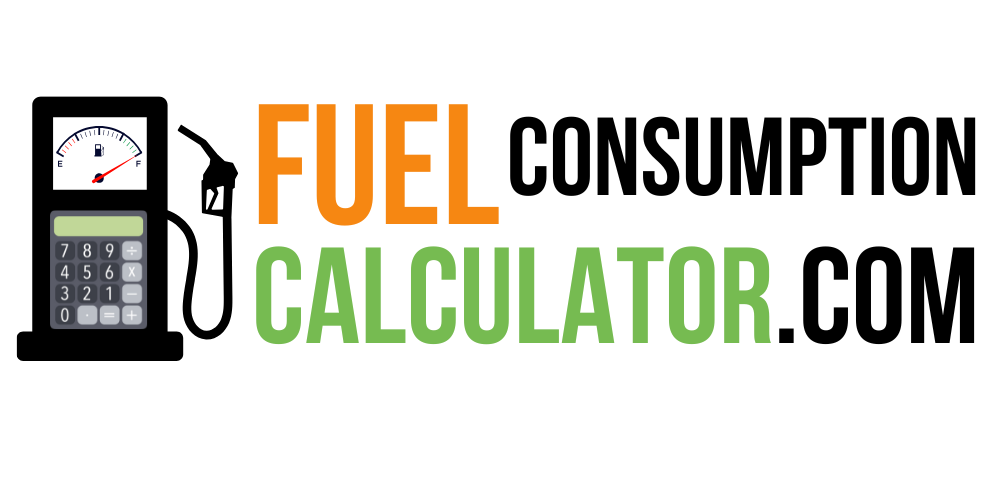In an era of rising fuel costs and growing environmental concerns, reducing your car’s fuel consumption is more important than ever. By focusing on mechanical maintenance and adopting fuel-efficient driving habits, you can significantly cut down on your fuel expenses and reduce your carbon footprint.
This comprehensive guide will walk you through various strategies to mechanically reduce fuel consumption in your vehicle.
Contents
- 1 Regular Engine Tune-ups
- 2 Maintain Proper Tire Pressure
- 3 Use the Recommended Motor Oil
- 4 Replace Oxygen Sensors
- 5 Reduce Vehicle Weight
- 6 Streamline Your Vehicle
- 7 Fix Alignment Issues
- 8 Avoid Idling
- 9 Use Cruise Control
- 10 Plan Efficient Routes
- 11 Utilize Fuel Consumption Calculators
- 12 Additional Fuel-Saving Tips
Regular Engine Tune-ups
A well-maintained engine is the cornerstone of fuel efficiency. Regular tune-ups ensure that your car’s engine operates at peak performance, maximizing fuel economy. Key aspects of engine maintenance include:

- Replacing spark plugs: Worn spark plugs can decrease fuel efficiency by up to 30%.
- Changing air filters: A clean air filter can improve fuel economy by up to 10%.
- Cleaning fuel injectors: Clogged injectors can reduce fuel efficiency and engine performance.
- Checking and replacing timing belts: A properly functioning timing belt ensures optimal engine operation.
Aim to have your engine tuned up every 30,000 miles or as recommended by your vehicle’s manufacturer.
Maintain Proper Tire Pressure
Underinflated tires increase rolling resistance, forcing your engine to work harder and consume more fuel. To optimize tire pressure:

- Check tire pressure monthly and before long trips.
- Use a reliable tire pressure gauge for accurate readings.
- Inflate tires to the pressure recommended in your vehicle’s manual or door jamb sticker.
- Consider nitrogen inflation for more stable tire pressure over time.
Properly inflated tires can improve fuel efficiency by up to 3%.
Use the Recommended Motor Oil
Using the correct grade of motor oil is crucial for reducing engine friction and improving fuel economy. To optimize your oil usage:

- Consult your vehicle’s manual for the recommended oil grade.
- Consider synthetic oils, which can improve fuel efficiency by 2-3%.
- Change oil regularly according to your manufacturer’s recommendations.
- Use high-quality oil filters to protect your engine and maintain efficiency.
Replace Oxygen Sensors
Oxygen sensors play a critical role in your car’s fuel management system. Faulty sensors can decrease fuel efficiency by up to 40%. To maintain optimal sensor performance:
- Replace oxygen sensors every 60,000 to 90,000 miles.
- Watch for warning signs of failing sensors, such as decreased fuel efficiency or engine misfires.
- Consider using OEM (Original Equipment Manufacturer) sensors for the best compatibility.
Reduce Vehicle Weight
Extra weight in your vehicle increases fuel consumption. To lighten your load:
- Remove unnecessary items from your trunk and cabin.
- Consider removing rarely used heavy accessories, like third-row seats in SUVs.
- Use lightweight alternatives for necessary items, such as aluminum wheels instead of steel.
Every 100 pounds of extra weight can reduce fuel economy by about 1%.
Streamline Your Vehicle
Aerodynamics play a significant role in fuel efficiency, especially at higher speeds. To reduce air resistance:
- Remove roof racks or cargo boxes when not in use.
- Keep windows closed at highway speeds.
- Consider installing a front air dam or rear spoiler for improved aerodynamics.
- Maintain a clean and smooth exterior surface.
Fix Alignment Issues
Proper wheel alignment reduces tire drag and improves fuel efficiency. Signs that your car might need an alignment include:
- Uneven tire wear
- Vehicle pulling to one side
- Steering wheel vibration
Have your alignment checked every 6,000 miles or at least once a year.
Avoid Idling
Modern engines don’t need to warm up by idling. In fact, excessive idling wastes fuel and can damage your engine. To reduce unnecessary idling:
- Turn off your engine when parked or waiting for more than 10 seconds.
- Use remote start features sparingly, as they promote unnecessary idling.
- In cold weather, drive gently for the first few minutes instead of idling to warm up.
Use Cruise Control
On highways and open roads, cruise control maintains a steady speed, optimizing fuel consumption. To make the most of this feature:
- Use cruise control on flat highways for extended periods.
- Avoid using it on hilly terrain, where manual control is more efficient.
- Set your speed at or slightly below the speed limit for optimal fuel efficiency.
Plan Efficient Routes
Smart route planning can significantly reduce your overall fuel consumption. Consider these strategies:
- Combine errands into a single trip to reduce total mileage.
- Use navigation apps to avoid traffic-heavy areas and find the most efficient routes.
- Plan trips during off-peak hours to avoid stop-and-go traffic.
- Consider carpooling or using public transportation for regular commutes.
Utilize Fuel Consumption Calculators
fuel consumption calculator can help you track and analyze your fuel usage. These calculators offer several benefits:
- Monitor your vehicle’s fuel efficiency over time.
- Compare your fuel consumption to manufacturer specifications.
- Identify trends and areas for improvement in your driving habits.
- Calculate potential savings from implementing fuel-saving strategies.
Regularly inputting your fuel consumption data can help you stay motivated and track your progress in reducing fuel usage.
Additional Fuel-Saving Tips
To further enhance your fuel economy:
- Use high-quality fuel additives to keep your fuel system clean.
- Consider upgrading to low rolling resistance tires.
- Install a programmable thermostat in your car to reduce AC usage.
- Keep your gas cap properly sealed to prevent fuel evaporation.
- Use a block heater in cold climates to reduce engine warm-up time.

Hi, I’m Sufiyan, the developer behind this platform. I created FuelConsumptionCalculator.com to simplify fuel tracking for everyone — because understanding your vehicle shouldn’t require a degree in mechanics. I’m always working on adding more tools and content to make this site even more useful

